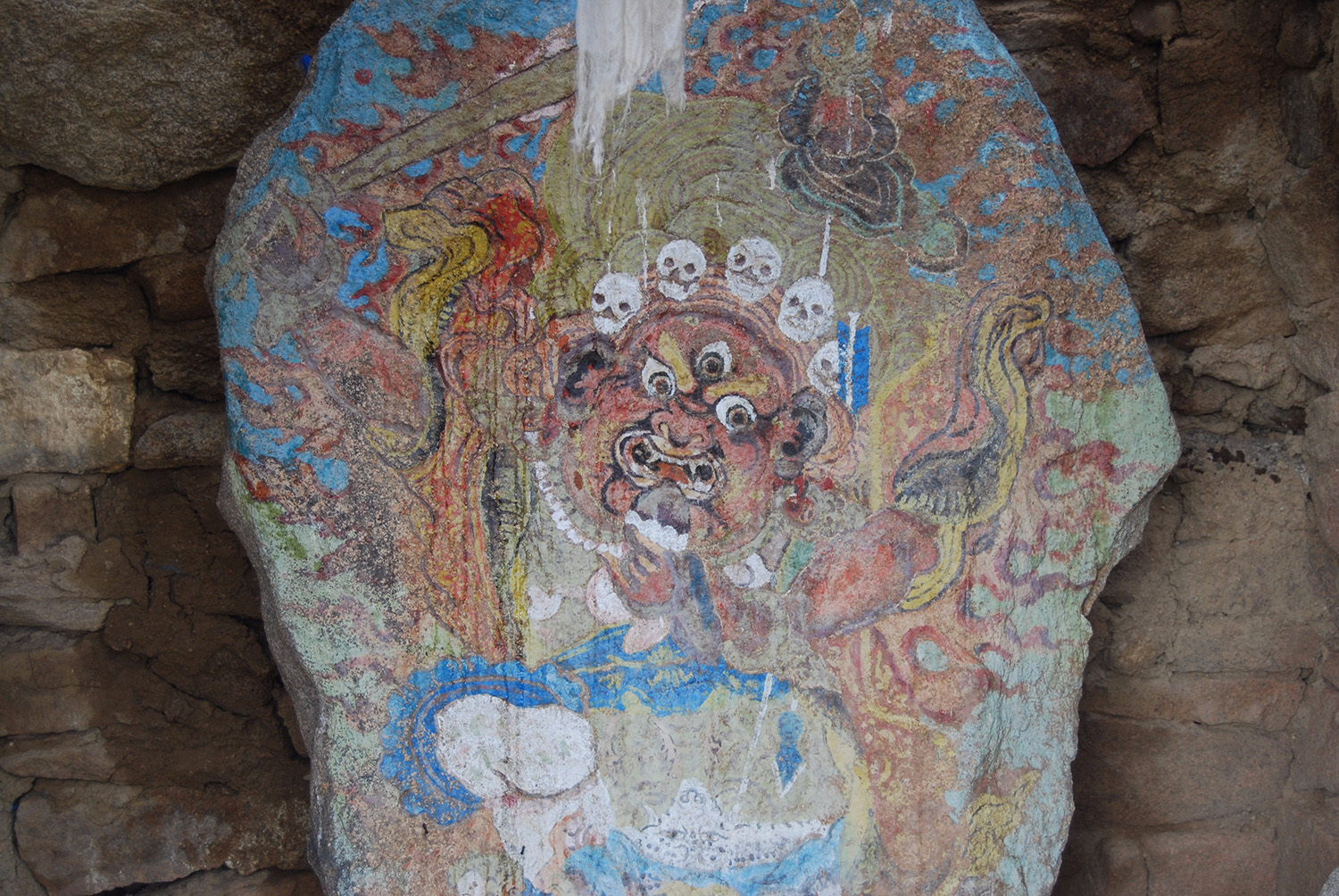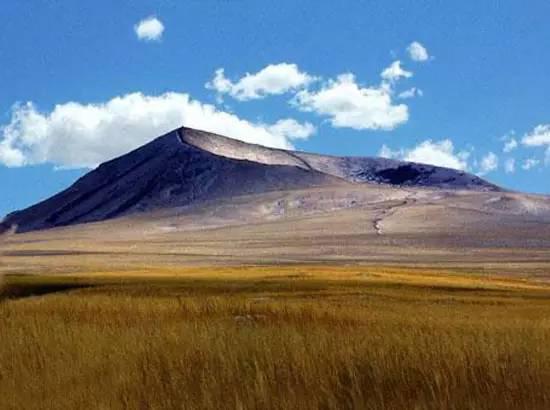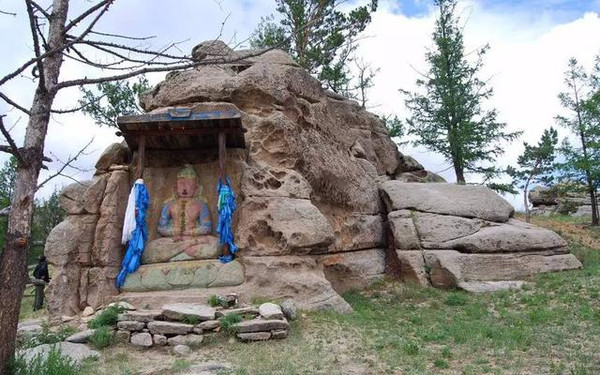遗产数据库
蒙古之布尔罕和乐敦圣山及其周围景观
摘要: 这片景观位于蒙古国东北科特山脉中部,这里是中亚大草原和西伯利亚泰加群落针叶林的交界处。布尔罕和乐敦圣山与对山脉、河流和萨满教石碓(ovoo-s)的崇拜有关,祭拜仪式混合了古老的肯特山崇拜和佛教仪式。这里也被认为是成吉思汗的出生地和埋葬地,见证了他为同一蒙古人民而建立大山崇拜的努力。 ...
这片景观位于蒙古国东北科特山脉中部,这里是中亚大草原和西伯利亚泰加群落针叶林的交界处。布尔罕和乐敦圣山与对山脉、河流和萨满教石碓(ovoo-s)的崇拜有关,祭拜仪式混合了古老的肯特山崇拜和佛教仪式。这里也被认为是成吉思汗的出生地和埋葬地,见证了他为同一蒙古人民而建立大山崇拜的努力。

Great Burkhan Khaldun Mountain and its surrounding landscape, lies in the central part of the Khentii mountains chain that forms the watershed between the Arctic and Pacific Oceans, where the vast Central Asian steppe meets the coniferous forests of the Siberian taiga. Water from the permanently snow-capped mountains feed significant rivers flowing both to the north and south. High up the mountains are forests and lower down mountain steppe, while in the valley below are open grasslands dissected by rivers feeding swampy meadows.
Burkhan Khaldun is associated with Chinggis Khan, as his reputed burial site and more widely with his establishment of the Mongol Empire in 1206. It is one of four sacred mountains he designated during his lifetime, as part of the official status he gave to the traditions of mountain worship, based on long standing shamanic traditions associated with nomadic peoples. Traditions of mountain worship declined as Buddhism was adopted in the late 15th century and there appears to have been a lack of continuity of traditions and associations thereafter. Since the 1990s, the revival of mountain worship has been encouraged and old shamanist rituals are being revived and integrated with Buddhist rituals. State sponsored celebrations now take place at the mountain each summer around rivers and three stone ovoo-s (or rock cairns).
The Great Burkhan Khaldun Mountain has few structures other that three major stone ovoo-s alongside paths connected to a pilgrimage route. The cairns were apparently destroyed in the 17th century but have now been re-constructed with timber posts on top. The pilgrimage path starts some 20km from the mountain by a bridge over the Kherlen River at the Threshold Pass where there is also a major ovoo. Pilgrims ride on horseback from there to the large Beliin ovoo made of tree trunks and adorned with blue silk prayer scarves and thence to the main ovoo of heaven at the summit of the mountain. The sacredness of the mountain is strongly associated with its sense of isolation, and its perceived ‘pristine’ nature.
The Great Burkhan Khaldun Mountain and its surrounding sacred landscape, as a sacred mountain, were at the centre of events that profoundly changed Asia and Europe between the 12th and 14th and centuries and have direct links with Chinggis Khan and his formal recognition of mountain worship.

Great Burkhan Khaldun Mountain and its surrounding landscape, lies in the central part of the Khentii mountains chain that forms the watershed between the Arctic and Pacific Oceans, where the vast Central Asian steppe meets the coniferous forests of the Siberian taiga. Water from the permanently snow-capped mountains feed significant rivers flowing both to the north and south. High up the mountains are forests and lower down mountain steppe, while in the valley below are open grasslands dissected by rivers feeding swampy meadows.
Burkhan Khaldun is associated with Chinggis Khan, as his reputed burial site and more widely with his establishment of the Mongol Empire in 1206. It is one of four sacred mountains he designated during his lifetime, as part of the official status he gave to the traditions of mountain worship, based on long standing shamanic traditions associated with nomadic peoples. Traditions of mountain worship declined as Buddhism was adopted in the late 15th century and there appears to have been a lack of continuity of traditions and associations thereafter. Since the 1990s, the revival of mountain worship has been encouraged and old shamanist rituals are being revived and integrated with Buddhist rituals. State sponsored celebrations now take place at the mountain each summer around rivers and three stone ovoo-s (or rock cairns).
The Great Burkhan Khaldun Mountain has few structures other that three major stone ovoo-s alongside paths connected to a pilgrimage route. The cairns were apparently destroyed in the 17th century but have now been re-constructed with timber posts on top. The pilgrimage path starts some 20km from the mountain by a bridge over the Kherlen River at the Threshold Pass where there is also a major ovoo. Pilgrims ride on horseback from there to the large Beliin ovoo made of tree trunks and adorned with blue silk prayer scarves and thence to the main ovoo of heaven at the summit of the mountain. The sacredness of the mountain is strongly associated with its sense of isolation, and its perceived ‘pristine’ nature.
The Great Burkhan Khaldun Mountain and its surrounding sacred landscape, as a sacred mountain, were at the centre of events that profoundly changed Asia and Europe between the 12th and 14th and centuries and have direct links with Chinggis Khan and his formal recognition of mountain worship.

 蒙古
蒙古

